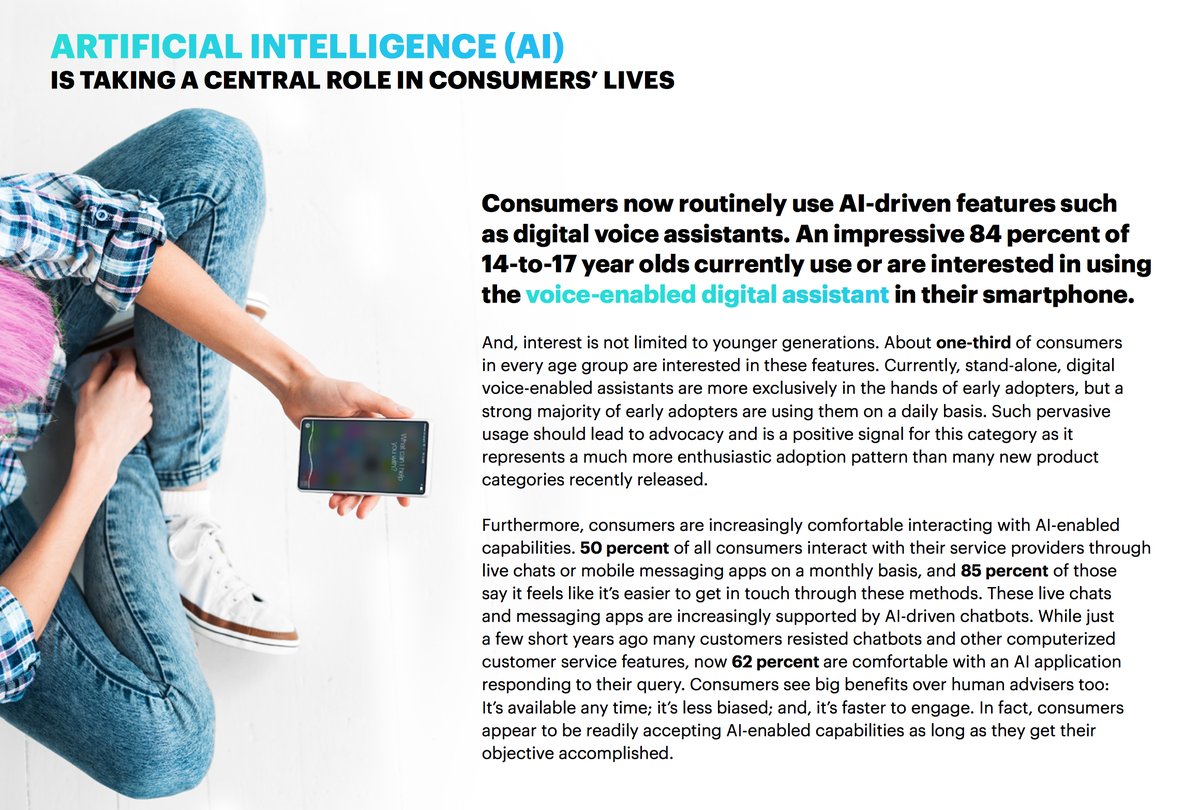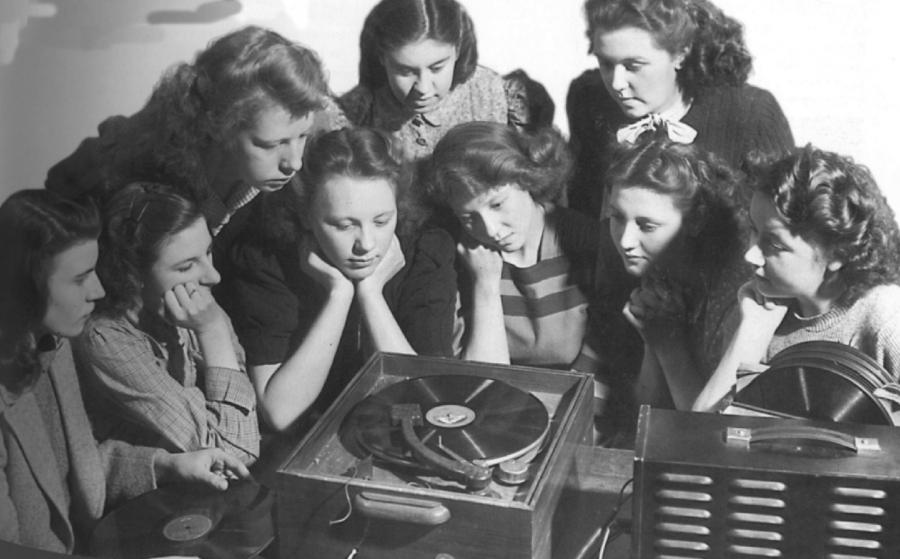Most Tech Revolutions Start With The Youth
In the early days of the 1950s a convergence of technologies took place. This allowed for the cost and the modalities of use case to shift for the phonograph player. Although invented by Thomas Edison in 1877, it took nearly 75 years for the technology to become more portable and less costly. At the very same time the music industry and the radio industry were also transforming. The served to feed the demand of the next generation of what the new industry called Record Players. The demand from the age cohorts between 14-17 years old began to rapidly expand as the costs rapidly declined. Moms and Dads complied with the requests to get a record player for their sons and daughters and by the late 1950s just greater than 85% of this cohort had a record player.
This was though to be a mania by many observers and most adults could not quite understand the underpinnings that were driving this to a massive cultural peak a decade later in the late 1960s. Simply put most adults found the use cases and sound quality of these cheap record players to be sub-standard. additionally they found the amount of time spent using record players and the music choices to be perplexing.
I present the light history of the record player as it was the first time in history where the youth cohort drove the rapid growth a nd adoption of technology. Even though adults have had access to this technology for a period of time, the right circumstances presented the youth cohort to create a new demand that ultimately influenced adults decades moving forward.
Most recently we have seen this phenomenon play out with the rise of social networks from MySpace to Facebook to Instagram and Snapchat the youth cohort has perplexed even the age group just in front of them with the adoption patterns and use.
In all most all of the cases where the youth cohort drive a new change it is first ignored, it is soon ridiculed and explained away because:
- They are too young to know better
- They are too young to know quality
- They are just lazy and don’t want to do things the right way
- They are just riding trends and it will not be a thing in a few months
We have all heard these bromides and no doubt have even used them ourselves.
~–~
~–~
Those Kids Think Computers Should Talk
It has been my empirical observation that the youngest cohorts have not only and instant affitny with Voice First systems, once exposed, they tend to expect this from all computer devices. I see this with children as young as 3 years old. I also see it in the very same cohort that made the record player and social networks popular, 14-17 year olds.
Recently, Accenture a leading global professional services company with services and solutions in strategy, consulting, digital, technology and operations produced the 2017 Accenture Digital Consumer Survey of 26,000 people [1]. The results of the study show they very same early patterns observed with the record player and social networks. The results of this study also confirms my research and empirical observations.
I will point out two slides:
“An impressive 84% of 14-17 year olds currently use or are interested in using the voice-enabled digital assistant”

“The 14-17 year old cohort has a dramtically higher use of Voice interfaces than almost the next two age cohorts of 18-34 years olds and 35-55 years old”

Many find the insights about the rapid and expanding adoption of Voice First modalities to be surprising. However just like the driving forces behind the record player and social networks, there seems to be little doubt the youth cohort will rapidly begin to up influence the next age cohorts and slowly work its way to older adults. At the same time because the access to Voice First is intuitively built into the human, it seems to be less of a technology revolution and seen by many very well informed observers to be a edge case and a novelty. This thinking enabled Amazon’s Echo and Alexa platform to quietly gain wide adoption across the US, primarily outside the tech centers for most of 2014-2016.
In 2017 we will see the youth cohort begin to expand and build on these platforms and as they age, their expectation is to be able to talk to any computer device.
______
[1] https://www.accenture.com/us-en/_acnmedia/PDF-39/Accenture-PoV-Dynamic-Consumers.pdf
~–~
~–~
Subscribe ($99) or donate by Bitcoin.
Copy address: bc1q9dsdl4auaj80sduaex3vha880cxjzgavwut5l2
Send your receipt to Love@ReadMultiplex.com to confirm subscription.


IMPORTANT: Any reproduction, copying, or redistribution, in whole or in part, is prohibited without written permission from the publisher. Information contained herein is obtained from sources believed to be reliable, but its accuracy cannot be guaranteed. We are not financial advisors, nor do we give personalized financial advice. The opinions expressed herein are those of the publisher and are subject to change without notice. It may become outdated, and there is no obligation to update any such information. Recommendations should be made only after consulting with your advisor and only after reviewing the prospectus or financial statements of any company in question. You shouldn’t make any decision based solely on what you read here. Postings here are intended for informational purposes only. The information provided here is not intended to be a substitute for professional medical advice, diagnosis, or treatment. Always seek the advice of your physician or other qualified healthcare provider with any questions you may have regarding a medical condition. Information here does not endorse any specific tests, products, procedures, opinions, or other information that may be mentioned on this site. Reliance on any information provided, employees, others appearing on this site at the invitation of this site, or other visitors to this site is solely at your own risk.
Copyright Notice:
All content on this website, including text, images, graphics, and other media, is the property of Read Multiplex or its respective owners and is protected by international copyright laws. We make every effort to ensure that all content used on this website is either original or used with proper permission and attribution when available.
However, if you believe that any content on this website infringes upon your copyright, please contact us immediately using our 'Reach Out' link in the menu. We will promptly remove any infringing material upon verification of your claim. Please note that we are not responsible for any copyright infringement that may occur as a result of user-generated content or third-party links on this website. Thank you for respecting our intellectual property rights.

